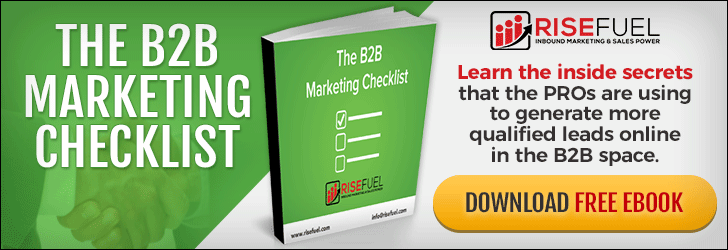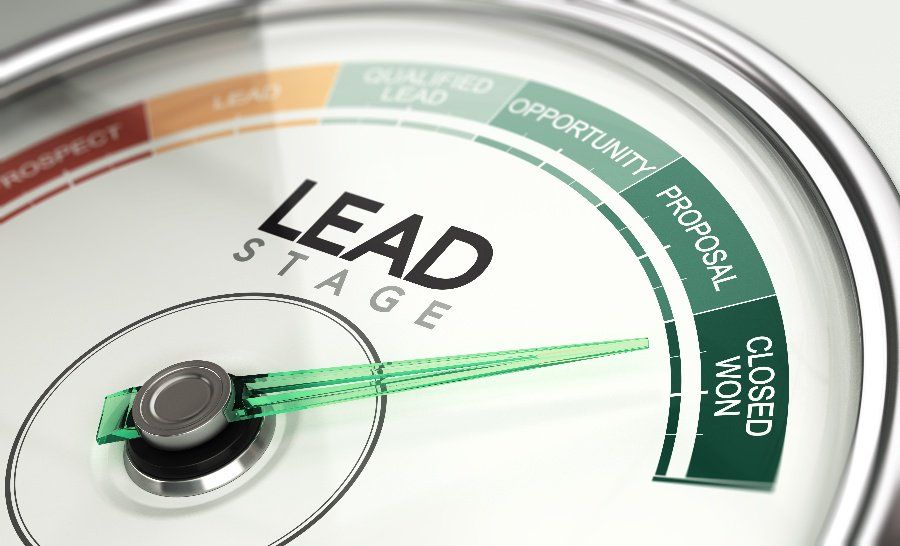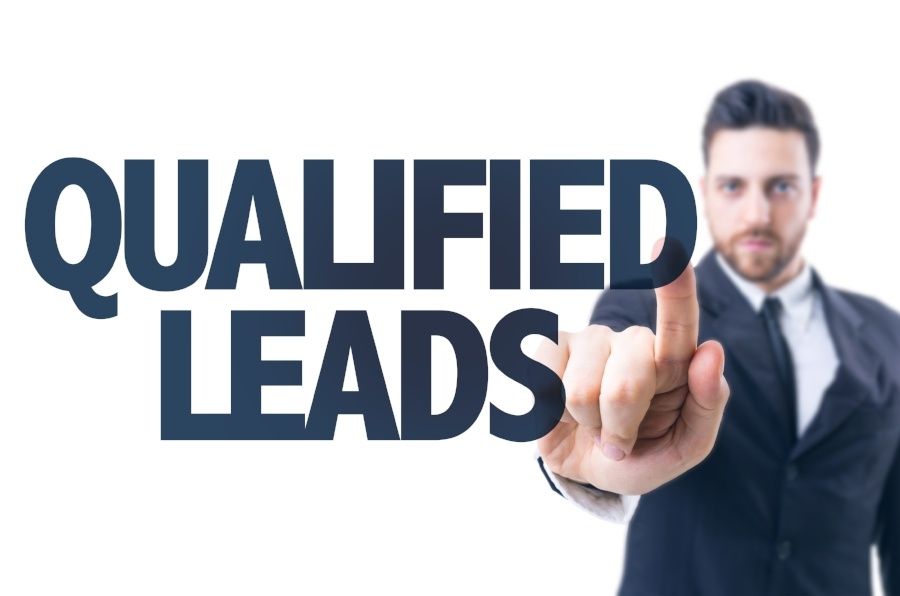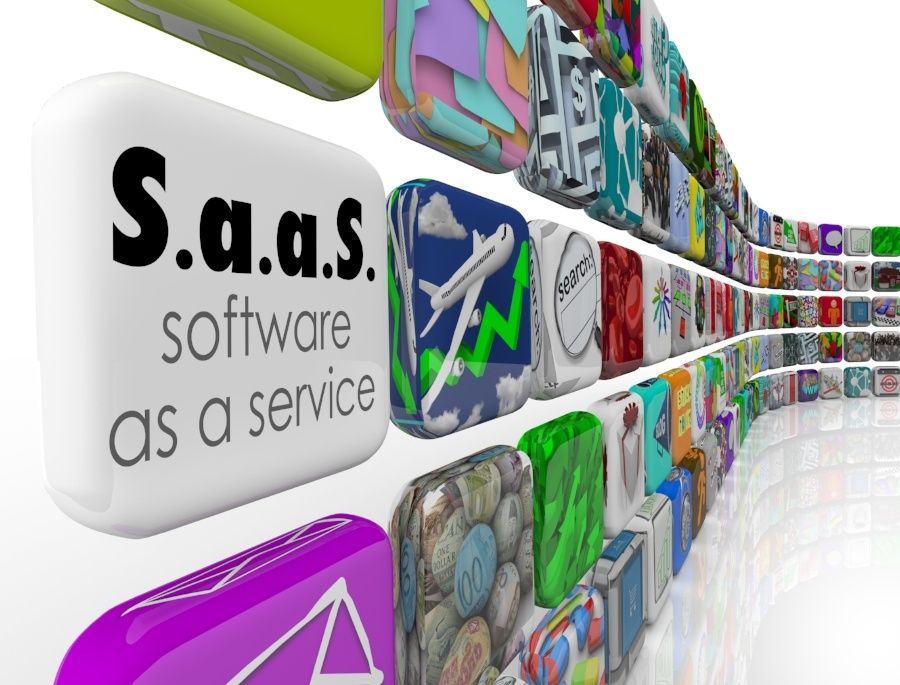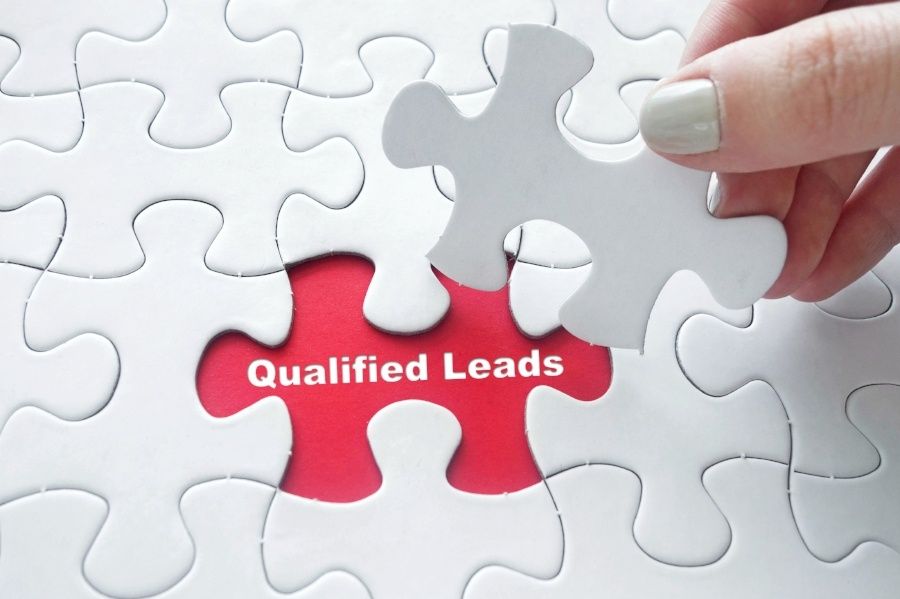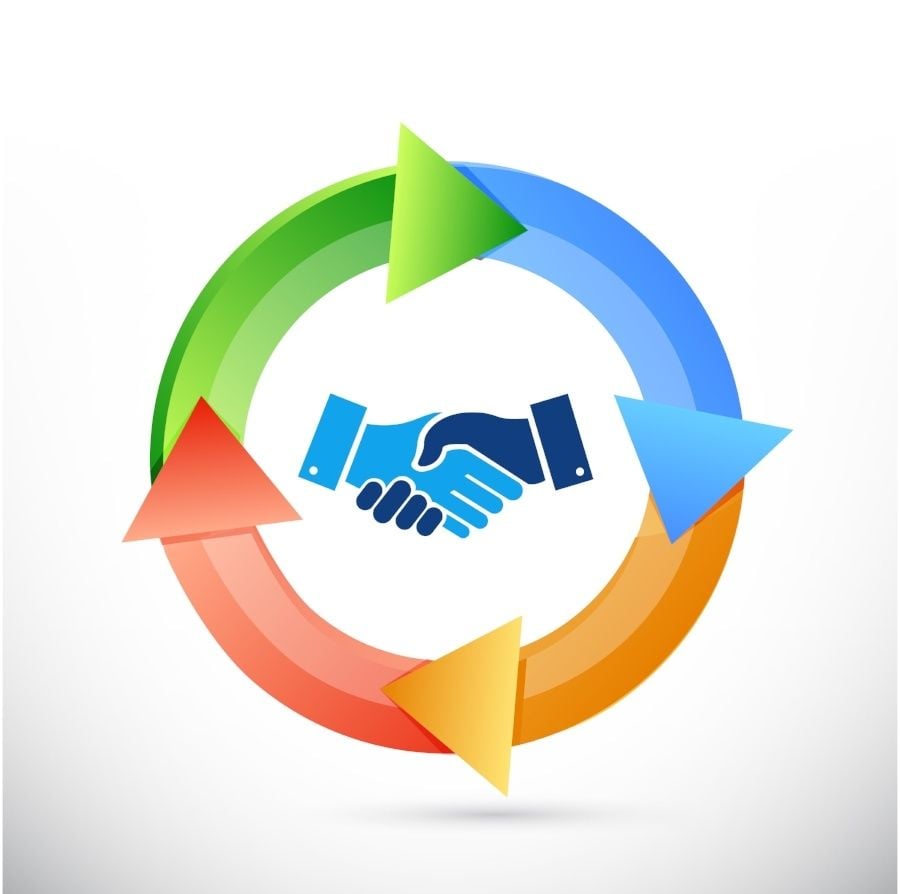
Want to improve your sales?
The more visibility that you have into your sales pipeline strategies, the more gaps that you will be able to identify. Complete sales pipeline strategies allow you to create a top-down view of your sales operations.
You’ll see where things are working. Be able to identify where they are not. Ultimately, a complete sales pipeline strategy will put you in a position to keep your pipeline filled with more opportunities, which research and common sense have shown correlate directly with more revenue.
Using some of the principles outlined in this article, you’ll be able to grow a healthy sales pipeline that consistency produces new leads and sales for your business.
But to understand why sales pipeline strategies are so important, we first have to define what a sales pipeline is.
Let’s get started.
What is a Sales Pipeline?
A sales pipeline is a representation of the different stages in your sales process. A lead moves through your pipeline from one stage to another, during which concrete actions are taken to help guide the prospect closer toward making a purchase.
Often, your sales pipeline will be visually represented in your customer relationship management (CRM) tool.
Sales processes can differ quite a bit from one company to another, so not all sales pipelines are going to look the same. Your own sales pipeline should reflect the unique journey that buyers go through on their way to becoming a customer.
The visual representation of a sales pipeline helps salespeople to gain a better understanding of where each prospect is in the process and gives the opportunity to optimize their approach based on what they find works and what doesn’t work.
Not all leads move through your sales pipeline at the same pace either. You’ll need sales pipeline strategies that are consistent with this fact and take into account that just because a prospect is moving through the pipeline slower than others that it doesn’t necessarily devalue them as an opportunity in your system.
On the other hand, some prospects will absolutely blaze through your pipeline. They may even skip stages. They are ready to buy. They know that you provide the solution that they need. They don’t need the same nurturing that other leads in your pipeline would.
The point here is that a sales pipeline is a rule of thumb. It’s there to provide you with an overview of the typical customer journey and help you to track leads and prospects as they go through that journey. But there are always exceptions to the rule.
A well-designed sales pipeline will help you to clarify and optimize your sales practices and put you in a position to grow your sales organically and smartly.
Source: Smartsheet
How to Build Sales Pipeline Strategies?
Building your own sales pipeline strategies can be a big undertaking. There are a lot of things that need to be taken into account in order to ensure that you are giving yourself an accurate depiction of the sales process and journey that your customers undergo when they buy your product.
In this section, we’ll break down some of the basic steps that any company can take to put together a sales pipeline and refine their strategy for their own customer journey.
Step #1) Define the Stages of Your Sales Cycle
Before you can put together a sales pipeline, you have to know what the different stages of your sales cycle are. The point is that your sales pipeline process will match your prospect’s buying journey. That’s critical if you want an accurate representation that helps you to optimize your sales strategies and improve over time.
There are some typical stages that a prospect goes through as they move through a sales pipeline in B2B sales:
- Awareness. The lead realizes that they have a pain point that they need to address. They are vaguely aware of your solution but are unsure if it is the right choice for them. During this phase, they are typically gathering information to help them in their buying process.
- Consideration. They have now gathered information. They better understand their pain points and are weighing different opportunities, including yours. They may be in the process of developing specific criteria that they are looking for from their solution. During this point, the prospect should receive personalized support and content that can help them to better establish that your solution is the right one for them.
- Decision. The buyer has begun to finalize their decision. They are now comparing specific vendors that meet the criteria that they previously defined. This is the stage where you begin to show your prospects more sales-oriented content, product comparisons, and other sales enablement collateral that you can use to reach new customers.
Defining your buyer’s journey is a key step in the process of creating your sales pipeline.
Step #2) Evaluate Stage Advancement
Once you have outlined your buying journey stages, you then have to determine the rate at which you can expect prospects to move from one stage to another. How many of your prospects go from awareness to consideration.
In order to evaluate whether or not your sales pipeline strategies are successful, you have to have a baseline that you can use to identify gaps and issues.
You may have to let a number of prospects run through your new pipeline before you get a true baseline for how many prospects end up moving from one stage to another.
With that information in hand, you can start the process of optimizing your sales processes.
Step #3) Calculate Opportunities Needed for Revenue Goals
Once you know how many of your prospects you can expect to go through the pipeline, then you can map out exactly how many opportunities that you need to generate in order to hit your revenue goals.
For instance, if to hit your revenue goals you needed to close 1,200 deals per year, then you know that you would need to generate at least 100 sales per month.
If you know that your pipeline converts at 10%, then you would need to generate at least 1000 opportunities per month to hit your revenue goals.
This evaluation can take place at every stage of the funnel. You can identify how many leads you need to generate, how many you need to move from the awareness stage to consideration stage, and at what rate you need to close people that are in the decision-making stage.
This can be a great way to lay everything out and see if your own expectations are in line with what is realistic for your company and team.
Without the pipeline in place to help you visualize and evaluate these things, you’d be walking in the dark, wildly trying to close as many sales as possible.
Step #4) Be Willing to Adapt
As you begin to launch your sales pipeline strategies, you are likely to learn a lot about your sales processes. The most beneficial aspect of a sales pipeline is the fact that it gives you a top-down view into what is working and what isn’t.
But that information doesn’t do you a whole lot of good unless you are willing to make changes based on the data that you find.
Work with your teams to identify reasons why your prospects are not making their way through the pipeline reliably, and find ways to improve your approach.
Companies without a sales pipeline strategy are often stuck in their ways. Even when they implement a pipeline, they might have trouble making full use of it if they aren’t fully willing to change the way that things are done.
Sales Pipeline Metrics
When you measure the effectiveness of your sales pipeline, there are a few different metrics that you should be looking at. Each of the different metrics that you can use tells you something different about your sales pipeline.
A RiseFuel, we recommend using a combination of metrics to identify where improvements can be made and evaluate your progress.
These include:
- Number of deals in your sales pipeline. Great for telling you how effective you are at generating new leads. If you find the number of deals in your pipeline slipping, you may want to introduce new channels into the equation. The number of qualified prospects in your pipeline will directly affect your bottom-line revenue.
- Average deal size. The mean value of the contracts that your sales team closes. Your average deal size can speak to many issues in your pipeline from the quality of the leads that you produce to the effectiveness of your sales reps. You should always seek to slowly increase the size of your average deal.
- Pipeline value. What is the total value of every deal that is currently in your sales pipeline? This includes all prospects in all stages of the pipeline. The more total pipeline value, the more future revenue that you can forecast.
- Sales velocity. How long does an average deal stay in your pipeline before they are won? Or lost? This is important as it tells you how long the average sales process is and helps you to spot outliers that you can use to inform your campaigns and close deals more quickly.
Source: SuperOffice
How to Maintain a Sales Pipeline
Engaging in sales pipeline strategies invariably means that you will be collecting more data.
This means that there is more opportunity for bad or inaccurate data to make its way into your system.
When you have data in your sales pipeline like old leads that are still counted but are actually lost, or duplicate records, you are making decisions based on data that could very well be sending false signals.
Here are a few steps that you can take to maintain your sales pipeline over time:
- Audit and clean your data regularly. Large companies that are pulling in hundreds or thousands of leads per month are always going to have data quality issues. It’s unavoidable as your CRM records grow. Make sure that you are regularly auditing your data for errors and working to standardize different fields. We want to have a complete single customer view for each person in our pipeline and track every piece of content that they engage with over time. To use that data effectively, we need to have confidence in its quality.
- Identify Prospects that Have Been in Your Pipeline a Long Time. Some prospects take longer to make their way through the pipeline than others. They might turn down opportunities to engage with a sales rep, be slow to engage with content, or simply be pre-shopping for a solution that they won’t need for six months up the road. Remove those that are still mistakenly in your sales pipeline even though they have been officially lost and work to keep those prospects from taking up valuable time from marketing and sales reps.
- Analyze and Optimize. Over time, you’ll learn about the problems that your pipeline encounters. Then, you can be proactive in fixing those issues. If you find that you often end up duplicating customer records and contacting them twice with different sales reps, then you can pinpoint why that duplication is taking place (customer input into a form, bad CRM searching policies before contact) and work to subdue the issue.
Your sales pipeline strategies only work when you can use the pipeline to its fullest potential. Regularly maintaining your data and cleaning your pipeline of unwanted or lost leads is critical for improving productivity and saving time.
Source: Lotame
Need Sales Pipeline Help?
I work with clients around the world to help them implement smart sales pipeline strategies and grow their revenue.
You can schedule a free consultation today to start exploring where you can improve your sales efforts and begin implementing a sales pipeline.




